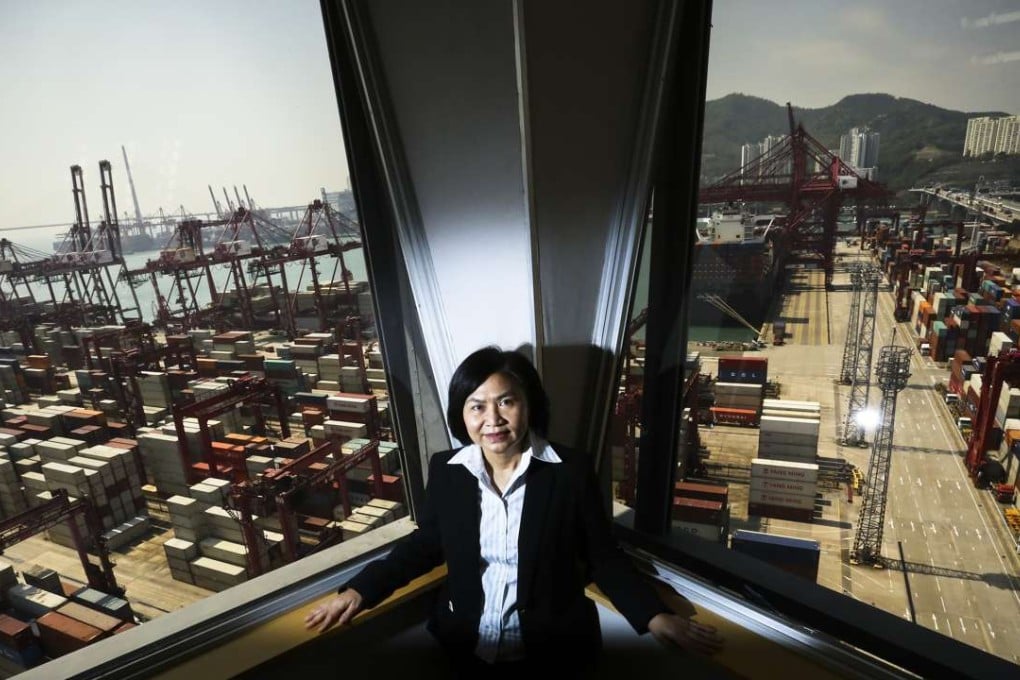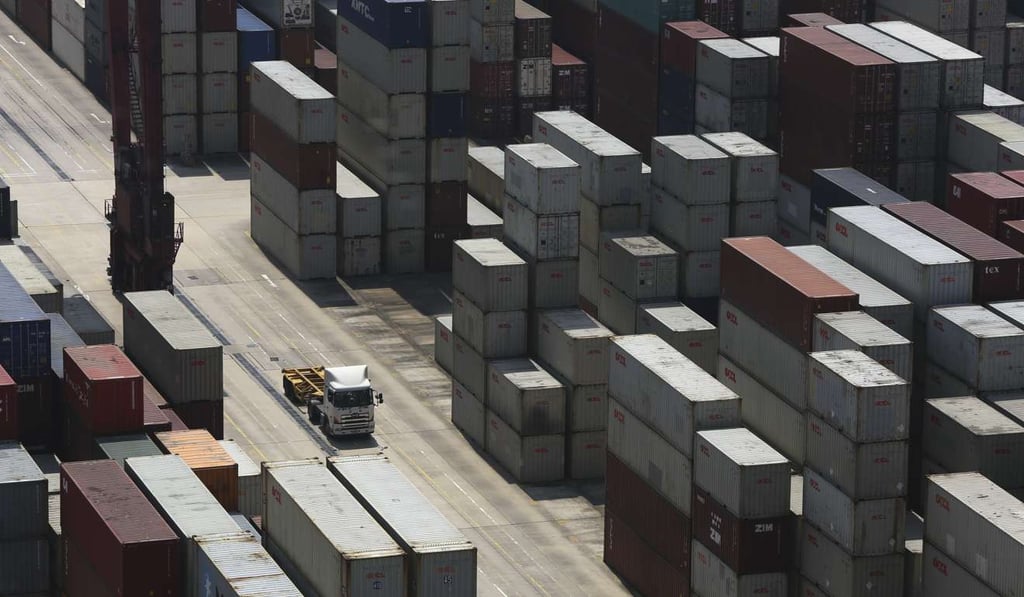Why Hong Kong’s container port may be in terminal decline, and what that would mean for a city that appears not to care
Hong Kong’s wealth has grown with the container shipping trade for five decades, but if the city’s port is allowed to decline much further it could go under, with big consequences for consumers and employment

It’s been one of the biggest drivers of Hong Kong’s prosperity over the last five decades: an innocuous steel box 40 feet long. The humble shipping container carries more than 80 per cent of the world’s freight. In a port city like Hong Kong, founded on trade, it’s been the cornerstone of the city’s growth.
In February 1967, the Container Committee urged government and business to embrace the emerging trend for container shipping and support a purpose-built port at Kwai Tsing. It was a huge financial gamble requiring a proposed initial investment of HK$281 million, but Hong Kong grasped the nettle. Reclamation, dredging and development was well under way by 1970 and the first container berth, owned by Modern Terminals, opened to service its first container ship in September 1972.
The facility grew and by the 1990s was the largest container port in the world. It held the ranking for a decade, as Hong Kong became the trade gateway to China.
In 2015, Hong Kong’s port was the world’s fifth biggest, still significantly larger than those of Xiamen in southern China, Rotterdam and Los Angeles. However, there are signs the world’s container shippers are falling out of love with Hong Kong .

“It is not yet a disaster but it’s something that requires immediate action,” she says.